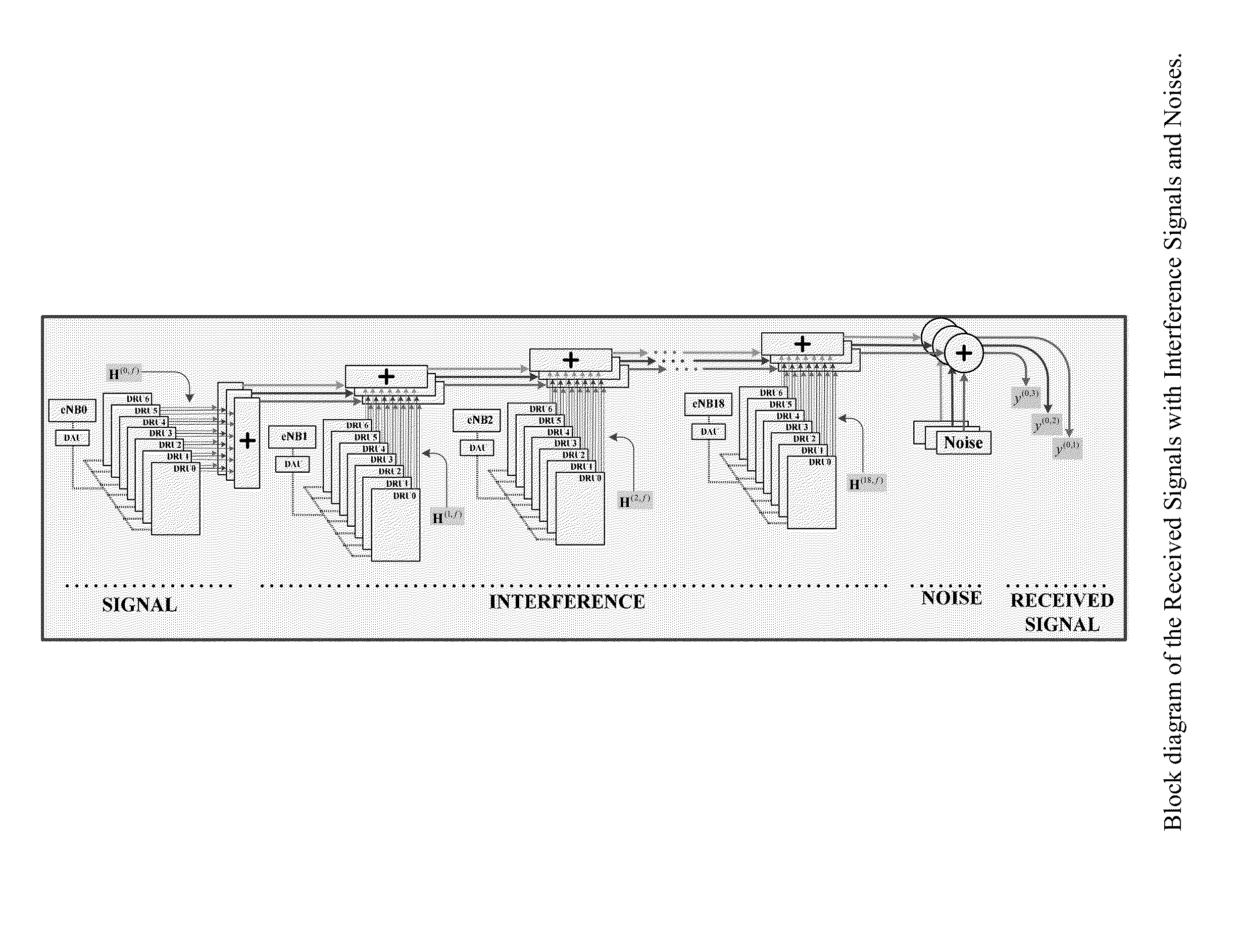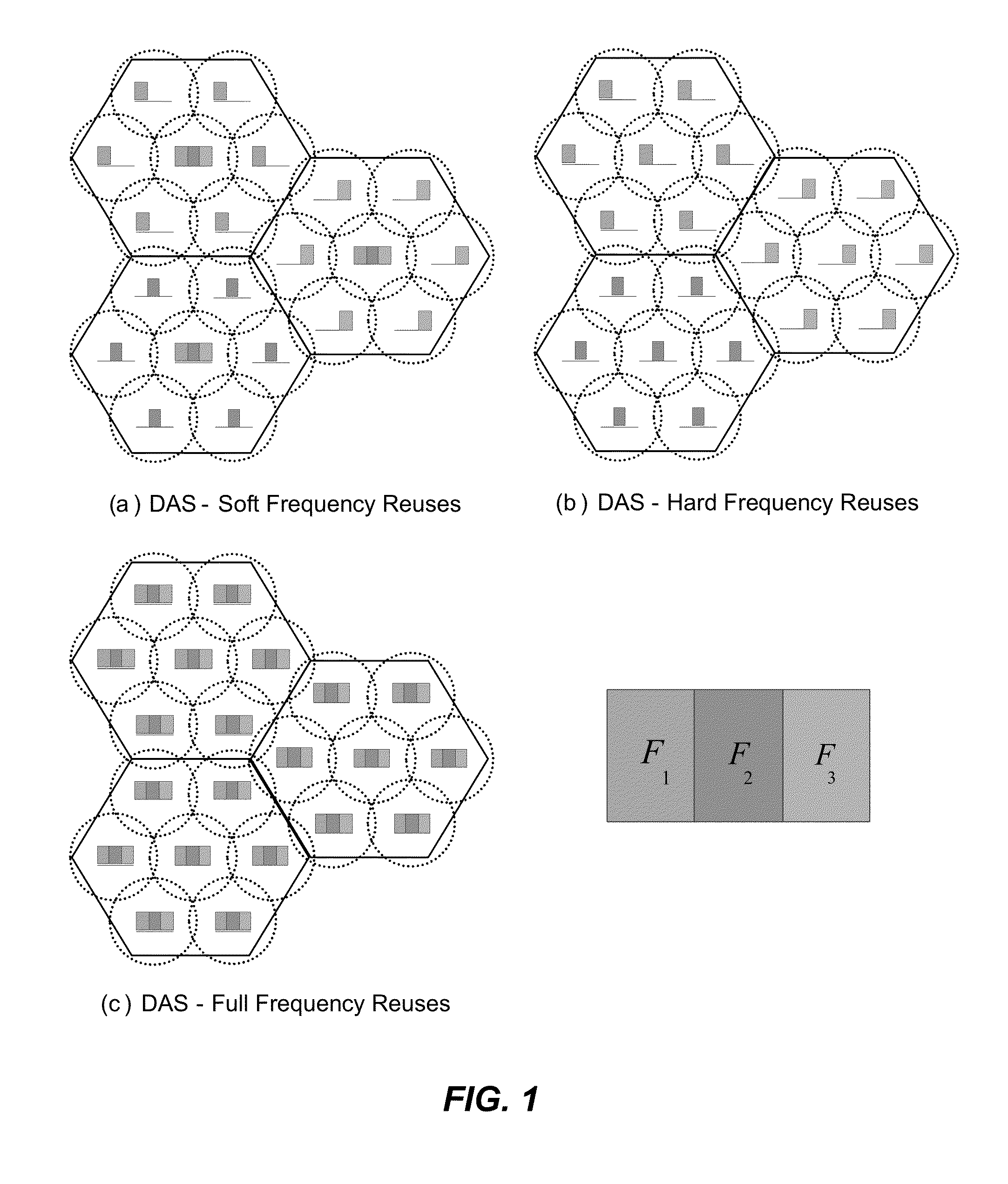Self-optimizing distributed antenna system using soft frequency reuse
a distributed antenna and soft frequency technology, applied in the direction of criteria allocation, digital transmission, transmission path sub-channel allocation, etc., can solve the problems of unbalanced traffic distribution inside cellular networks, and achieve the effects of improving user experience, high system bandwidth, and high system performan
- Summary
- Abstract
- Description
- Claims
- Application Information
AI Technical Summary
Benefits of technology
Problems solved by technology
Method used
Image
Examples
Embodiment Construction
[0013]In existing networks, parameters are manually adjusted to obtain a high level of network operational performance. 3GPP LTE is the preferred candidate for the next generation wireless networks. In the last 15 years, there has been substantial growth in cellular mobile communication systems. It is imperative to provide a high quality of service (QoS) at a minimum cost. With the substantial increase in cellular users, unbalanced throughput distributions are common in wireless networks which decrease the number of satisfied users. As traffic environments change, the network performance will not be optimum. Therefore, it is necessary to perform inter-cell optimization of the network dynamically according to the traffic environment, especially when cell traffic is not uniformly distributed. This is one of the important optimization issues in self-organizing networks (SON) for 3GPP LTE.
[0014]In SON, parameter tuning is done automatically based on measurements. The use of throughput-b...
PUM
 Login to View More
Login to View More Abstract
Description
Claims
Application Information
 Login to View More
Login to View More - R&D
- Intellectual Property
- Life Sciences
- Materials
- Tech Scout
- Unparalleled Data Quality
- Higher Quality Content
- 60% Fewer Hallucinations
Browse by: Latest US Patents, China's latest patents, Technical Efficacy Thesaurus, Application Domain, Technology Topic, Popular Technical Reports.
© 2025 PatSnap. All rights reserved.Legal|Privacy policy|Modern Slavery Act Transparency Statement|Sitemap|About US| Contact US: help@patsnap.com



